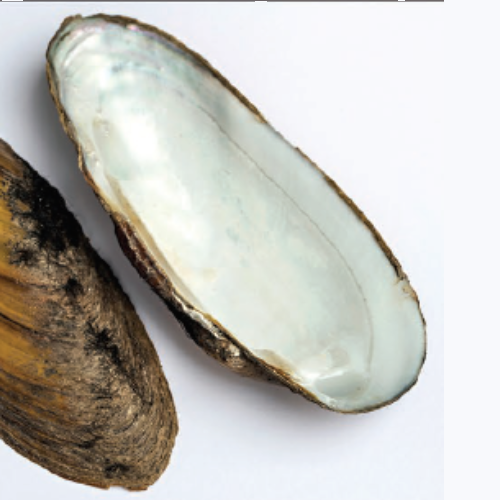Biomineralization as a Paradigm of Directional Solidification: A Physical Model for Molluscan Shell Ultrastructural Morphogenesis.
Molluscan shells are a model system to understand the fundamental principles of mineral formation by living organisms. The diversity of unconventional mineral morphologies and 3D mineral-organic architectures that comprise these tissues, in combination with their exceptional mechanical efficiency, offers a unique platform to study the formation-structure-function relationship in a biomineralized system. However, so far, morphogenesis of these ultrastructures is poorly understood. Here, a comprehensive physical model, based on the concept of directional solidification, is developed to describe molluscan shell biomineralization. The capacity of the model to define the forces and thermodynamic constraints that guide the morphogenesis of the entire shell construct-the prismatic and nacreous ultrastructures and their transitions-and govern the evolution of the constituent mineralized assemblies on the ultrastructural and nanostructural levels is demonstrated using the shell of the bivalve Unio pictorum. Thereby, explicit tools for novel bioinspired and biomimetic bottom-up materials design are provided.
Back to list
